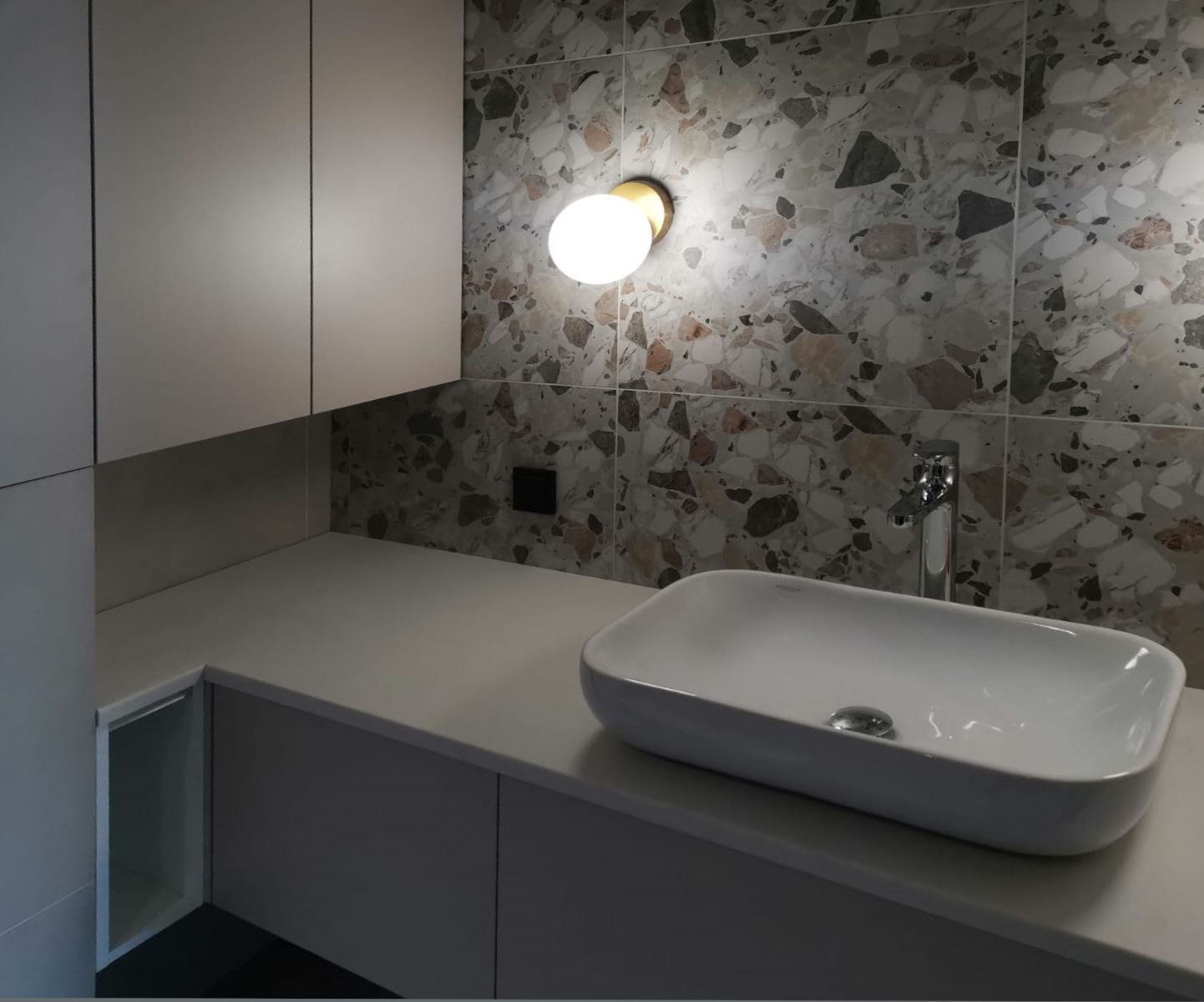
A Gastronomic Journey
Embarking on a journey through culinary havens is not merely a quest for nourishment; it's an expedition into the realms of creativity and design. Each unique eatery tells a story, not only through its menu but also the ambience it serves up. We're discovering how chefs and restaurateurs around the world are dreaming up spaces that become part of the sensory dining experience.
The Art of Culinary Spaces
The intersection of food and space design creates a memorable atmosphere that enhances the dining experience. Whether it’s a cozy book-filled café that beckons the literary enthusiast or a sleek, modern bistro that resonates with urbanites, each restaurant’s design is a reflection of its gastronomic philosophy. The thoughtful selection of colors, textures, and lighting transform these eateries into three-dimensional masterpieces, with each table offering a front-row seat to an immersive culinary theatre.
Beyond Decoration
The layout of a culinary haven goes beyond mere aesthetics. It's about shaping the diner's journey from the moment they step through the door. The flow from reception to table, the kitchen's openness, and the spacing between seats all play crucial roles in the diner's comfort and the service’s quality. Forward-thinking restaurants are incorporating vertical gardens, open flames, and water features, demonstrating that unique spaces are not confined by walls alone – they engage all senses.
Innovation at the Table
As the restaurant scene becomes increasingly competitive, innovation is key. Some establishments eschew the traditional dining format entirely, providing guests with a roaming feast where each "station" offers a new culinary delight against a backdrop of a carefully curated environment. This dynamic approach to dining encourages guests to interact with their surroundings, making them active participants in the gastronomic narrative.
Heritage Meets Modernity
Classical establishments renovating into uniquely designed spaces create a harmonious blend of past and present. Heritage sites turned restaurants maintain their original charm while featuring modern culinary techniques and aesthetics. These venues captivate guests who appreciate the fusion of historical tales with the contemporary epicurean exploration.
Sustainability at the Core
Designing culinary havens is no longer just about looks; sustainability is a significant aspect of creating modern eateries. From employing locally sourced materials and maintaining energy-efficient kitchens to minimizing waste and offering plant-based cuisine, the eco-conscious approach is as much a design choice as it is an ethical one. This ethos ensures that these spaces are not just unique, but also responsible, reflecting a deeper connection to the community and the environment.
Conclusion: A Feast for the Senses
From intimate spots hidden in alleyways to grandiose halls that host a mosaic of flavors, uniquely designed culinary havens around the globe have one thing in common: they serve up a feast for the senses. These establishments are more than places to eat; they are sanctuaries for those who seek adventure on a plate and a sensory environment that lingers long after the last bite.